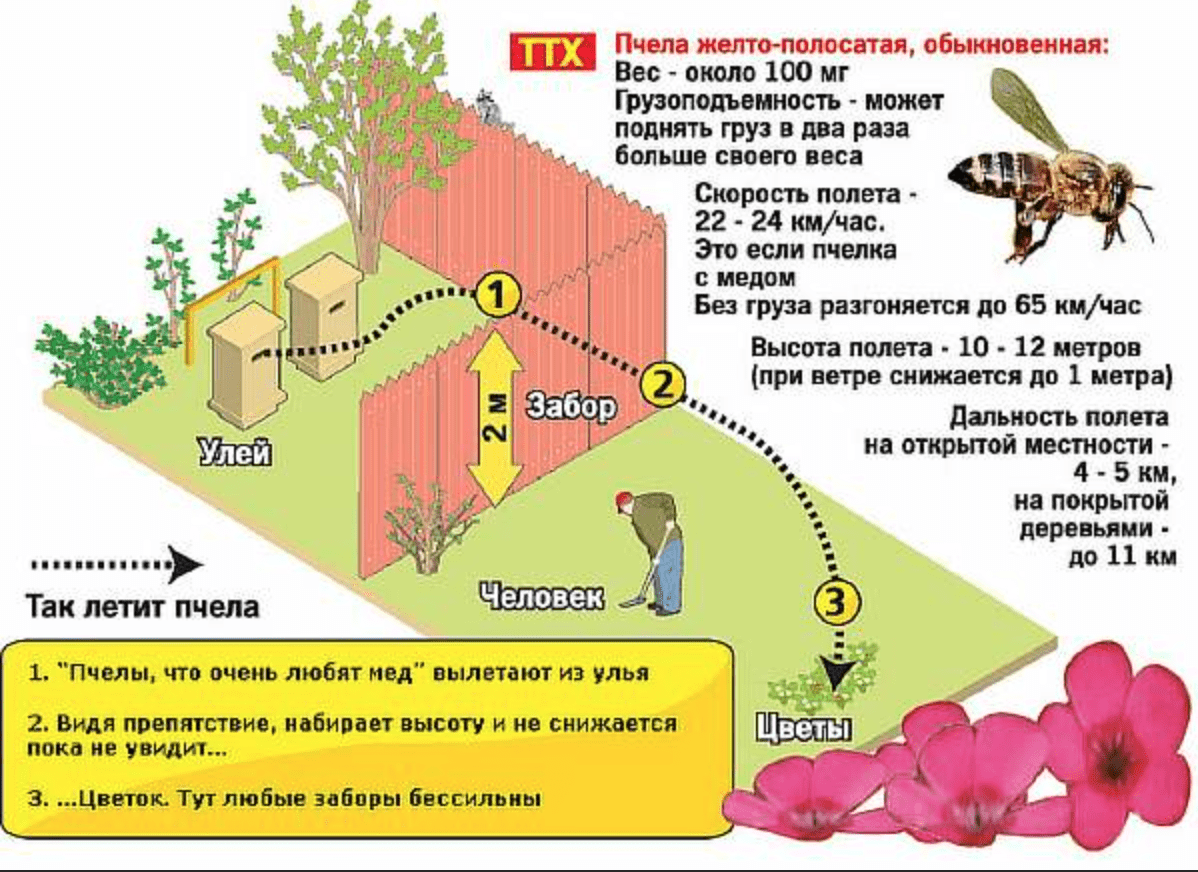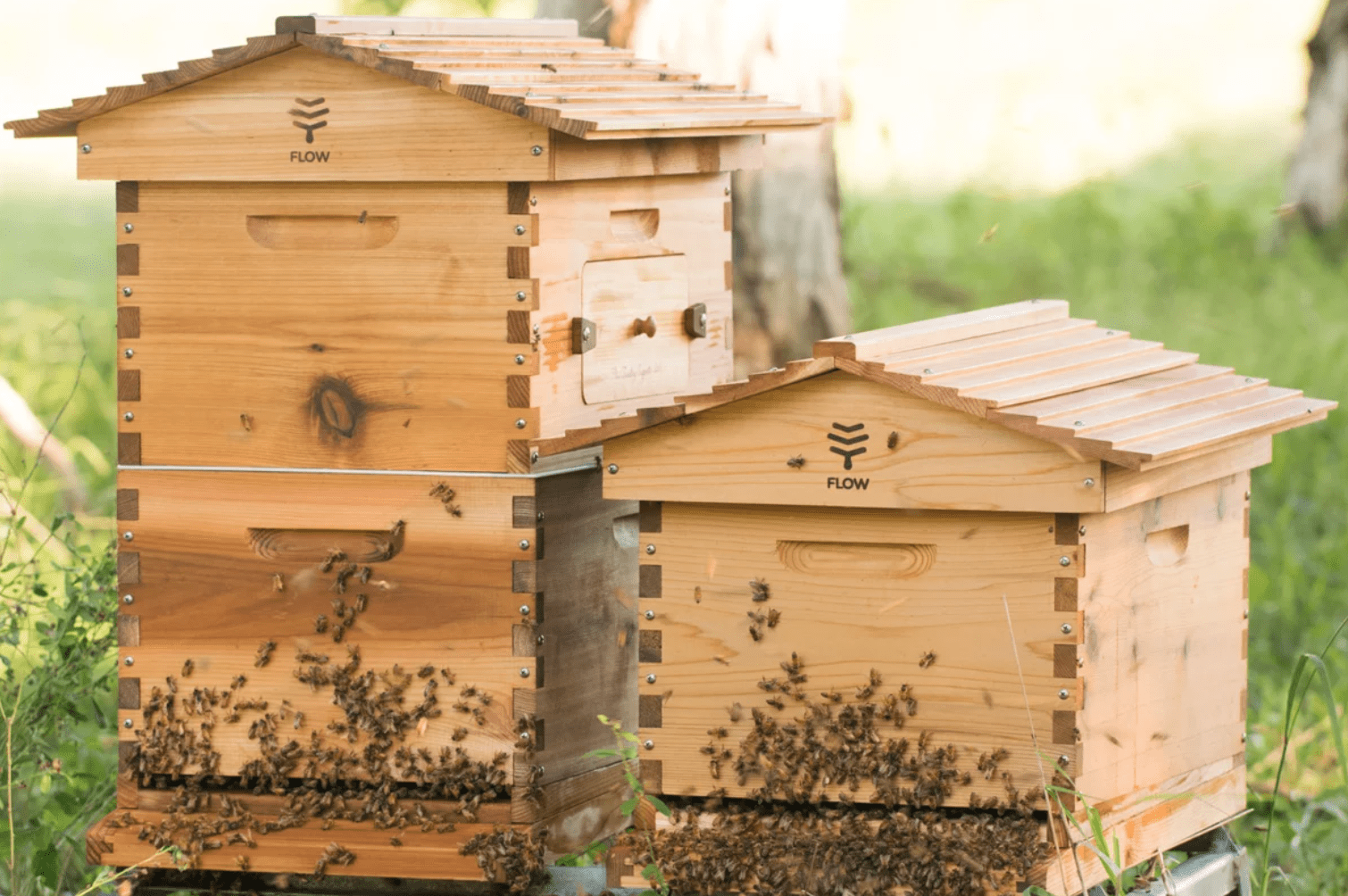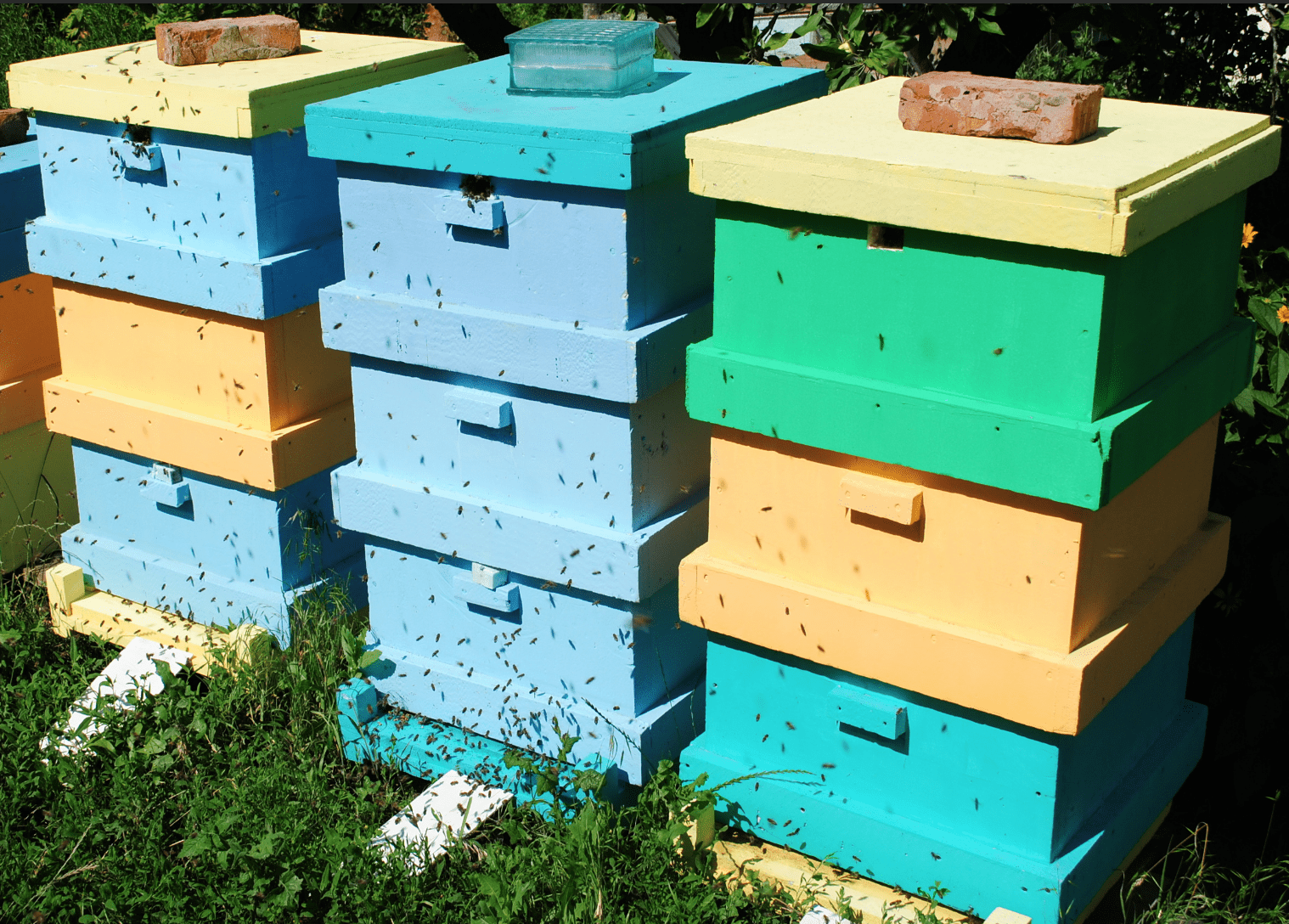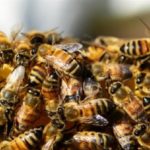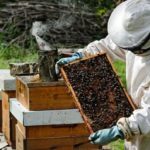Honey is considered not only a tasty natural delicacy, but also a universal remedy. However, beekeeping requires special knowledge. First of all, you need to follow the rules for breeding and keeping bees in populated areas. Most often, apiaries are set up on personal plots, and it is important to take into account the specific location of the hives relative to other buildings.
Why follow the rules for keeping bees?
In villages, residents often install several beehives on their property.Caring for insects does not require much time, but selling beekeeping products can significantly replenish the family budget. But it must be taken into account that the proximity of honey bees can cause a lot of inconvenience to the owners of nearby plots.
Most often, problems arise from bee stings, since there is a high probability of allergies in the affected people. Insects can also bite pets.
Distance from hives to neighbor's property
When placing hives on a personal plot, you need to take into account several factors: the shape of the plot, the number of structures, cardinal directions. To prevent insects from causing inconvenience to neighbors, bee houses are located at certain distances from the boundaries of the site.
Such standards are indicated in the relevant documents (Law “On Beekeeping”, veterinary rules). Requirements for the creation and operation of an apiary are established by federal executive authorities. At the same time, regulations offer a variable interpretation of the parameters:
- the hives are placed at a distance of at least 3 m from the fence, provided that a fence with a height of at least 2 meters is installed (this is a suitable option for an apiary located in a compact area);
- a common option is that the distance between the apiary and the neighbor’s fence is at least 10 meters, and the entrances of the hives should be directed to the middle of the apiary area;
- the distance can be minimal if the apiary is protected from the neighboring area by a building/structure at least 2 meters high.
In order not to violate the standards for placing an apiary, it is recommended to take into account the requirements established by regulations of regional/district authorities.
Distance from hives to residential buildings
According to sanitary standards and regulations (SNiP), when installing bee houses, you need to take into account the distance from the hives to residential buildings. Distance options are regulated by various regulations:
- Law “On personal subsidiary farming and beekeeping”;
- instructions from rural settlement administrations;
- laws on the placement and arrangement of apiaries adopted in certain areas;
- rules and regulations adopted by gardening partnerships.
Most often, regulations in various regions reflect the following requirement: in the private sector, hives are installed no closer than 20 meters from a residential building. It is allowed to place houses at a distance of less than 20 meters from residential premises, if the consent of all owner-occupants is previously obtained. It is also important to comply with the condition of placing the apiary at a distance of at least 100 meters from kindergartens, schools, and civil structures (medical, cultural, shopping).
It should be taken into account that veterinary regulations usually do not indicate the types of terrain (rural, urban). Therefore, the requirements apply to both private households and buildings within the city.
Consequences of non-compliance with the law
Citizens involved in beekeeping are required to comply with the rules for keeping bees and sanitary standards in order to ensure the safety of people living in neighboring areas. In case of violation of veterinary standards, beekeepers may be fined in accordance with the Law “On Administrative Offenses” (the amount of fines may differ in different regions or autonomous districts):
- a fine of 500-4000 rubles is applied to a private beekeeper for failure to comply with regulations;
- a fine of 10,000-20,000 rubles is applied to a legal entity.
In most regions, a beekeeper is fined in the amount of 3,000-4,000 rubles for violating the requirements for observing the boundaries of hive placement. The amount of penalties may vary, since when making decisions on the application of penalties, the interests of both beekeepers and ordinary people are taken into account.
Before setting up an apiary, it is recommended to familiarize yourself with the regulatory documents and legislative acts regulating the maintenance of honey insects in the locality of a particular area. It is also advisable to discuss the intention to set up an apiary with your neighbors in advance.

